Tockholes Church: A Snapshot of English History
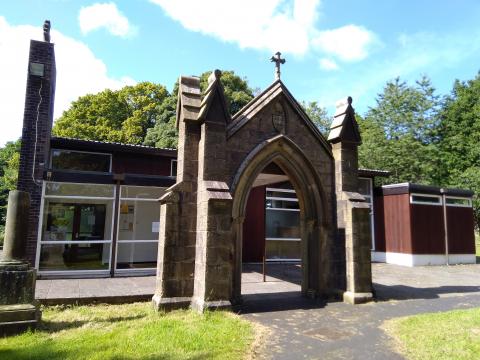
I called at Tockholes last week. I have previously written of its former Congregational Chapel, one of those valiant old ladies of 1662 vintage who departed from the cold formality of the state church after Cromwell’s death and Charles Stuart’s return. Still, the Anglican church there is certainly not without interest. It is a peculiar mishmash of historical styles and claims, a microchosm of English religious history. A sign in the church porch makes some bold claims:
Tockholes Church – Built A.D. 640; Rebuilt 1494; Restored 1620; Rebuilt 1833
The latest incarnation of Tockholes' Anglicanism was built sixty years ago: it is an awful 1965 construction of flat and sloping roofs with excessive sides of single-pane glazing. Bizarrely, the gothic porch remains, as do various pieces of churchyard paraphernalia such as old sundials, unusual armorial monuments and ancient cross bases. We have here the key stages of English church history:
‘Built AD 640’
The church’s own website casts doubt on the sign’s claims; 640 would make it one of the earliest churches in England. Still, we have a piece of land here on which it is likely that worship has occurred for over a thousand years: the shaft of a Saxon preaching cross. Saxon clergy probabaly preached here from the eighth or ninth centuries and later built a simple church to protect against the elements. Their missionaries gradually converted the land from its native paganism to a form of Christianity.
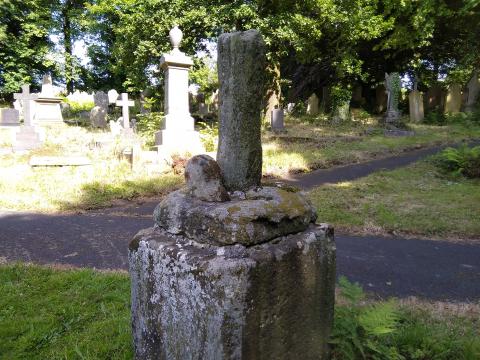
‘Rebuilt 1494’
The evidence for a building in 1494 is slight and contradictory, though I have little doubt that there was a building then. We know the names of some of the medieval and early modern clergy, though the records are evidently incomplete:
ADAM DE TOCKHOLES: 1292
RALPH DE RADCLYFFE: 1343
LUDOVIC DE CERSTON: 1486
JAMES CERSTANE: 1552
Unfortunately, the late medieval church was spiritually dark and idolatrous, with its popery, mariolatry and priestcraft. Although it contained many elements of genuine piety, salvation was often easier found without it, among the hushed tones of John Wycliffe’s Lollards or Jan Huss’ Czech reformers.
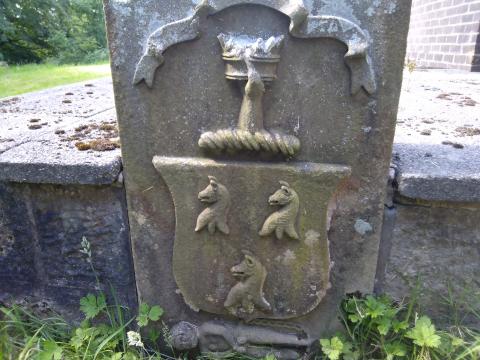
‘Restored 1620’
From the 1530s, the church in England was gradually, but inconsistently, reformed. By 1620, Anglicanism better reflected reformation truth that it had hitherto; the alleged rebuilding at Tockholes mirrored the wider, national picture. One Hugh Marsden was the minister 1621-1646, and before him John Shawcross, a ‘Reader’. He was probably a puritan, who sought to complete the previous century’s half-hearted reforms.
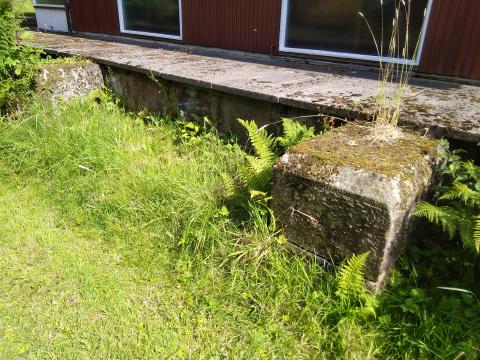
‘Rebuilt 1833’
The area originally covered by the 1833 Church is still visible and some of the buttresses are incorporated into the present foundations. The British church in the nineteenth-century was perhaps at its very zenith, in terms of its influence, its prestige and its missionary outlook. Unfortunately, this often resulted in grandiose building programmes which looked wonderful but contained hidden weaknesses. The 1833 structure enjoyed a gothic style with tall, lancet windows, but later suffered dry rot and its vicar, Gilmour Robinson, was constantly falling out with the builder whose workmanship he criticised. Time proved him right, and the building was torn down a few generations later. Again, the wider Victorian church, while outwardly grand and prosperous, was being infected by ‘Higher Criticism’ of the Bible, high church ritualism and an increasing acceptance of atheistic explanations of the world’s origin. The consequences of these compromises we see in today’s religious landscape.
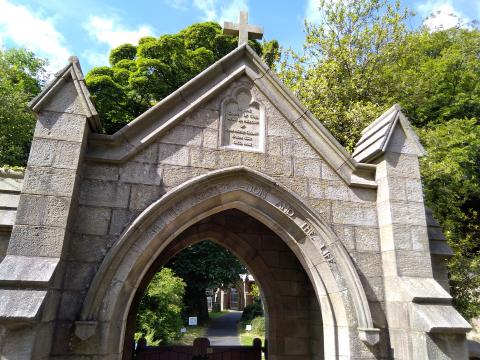
Rebuilt (again) 1965
The present Church building was erected in 1965 and dedicated by the Bishop of Blackburn, Dr. C. R. Claxton on the 26th March 1966. The modern structure was built in brick and the porch from the 1833 church was incorporated into the present building; it was intended to be temporary, only to last for 12 to 15 years, apart from the addition of the 1980’s metal barn-roof to replace the flat.
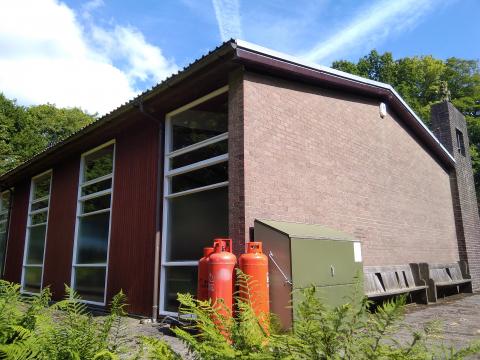
“I have stood among the ruins of the Church and I have felt very much like Nehemiah of old when he stood among the ruins of the Temple in the City of Jerusalem.” So read the minutes of a PCC meeting in which Rev. Allan Livesey, Tockholes’ Vicar from 1964, describing his reaction to the old church’s demolition. This particular church is still functioning, but the wider English church, whose story little Tockholes has been reflecting, is still rather ruinous and dysfunctional. The old papist priests are long gone, but so too the earnest Saxon missionaries and zealous puritan preachers. Among the ruins of a better age are the inferior beams of modernism, under which sit depleting congregations of the spiritually illiterate.
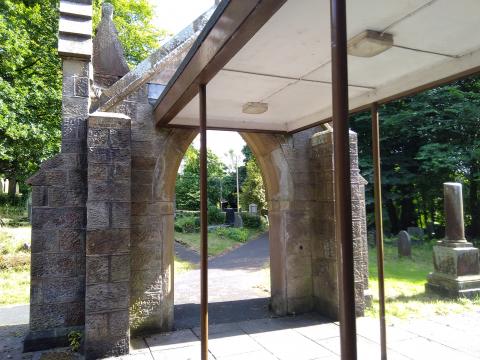
- Log in to post comments


 Sunday Worship 10.45am & 6.00pm
Sunday Worship 10.45am & 6.00pm